1. The Passing Bell
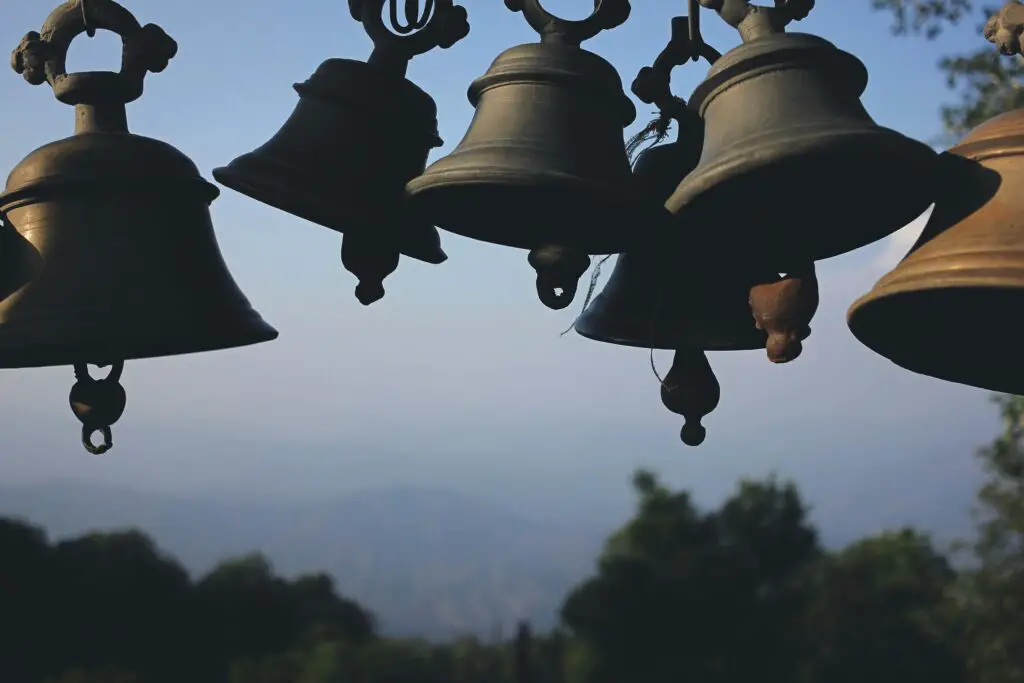
In many European villages, the sound of the “passing bell” was thought to announce the soul’s departure. When someone was near death, the church bell would toll slowly, giving neighbors a sense of when to begin mourning. It wasn’t just a sign for the living—it was also believed to help the dying person ward off evil spirits in their final moments. Some even thought the vibrations of the bell guided the soul toward heaven.
People would stop whatever they were doing when they heard it, pausing in silence as the bell rang. The ritual gave the moment gravity, but it also created unease, since every toll confirmed that death had visited yet again. Over time, many came to dread hearing those heavy notes floating across the fields. The bell wasn’t just a sound, it was a haunting announcement that no one could ignore.
2. Dead Ringers
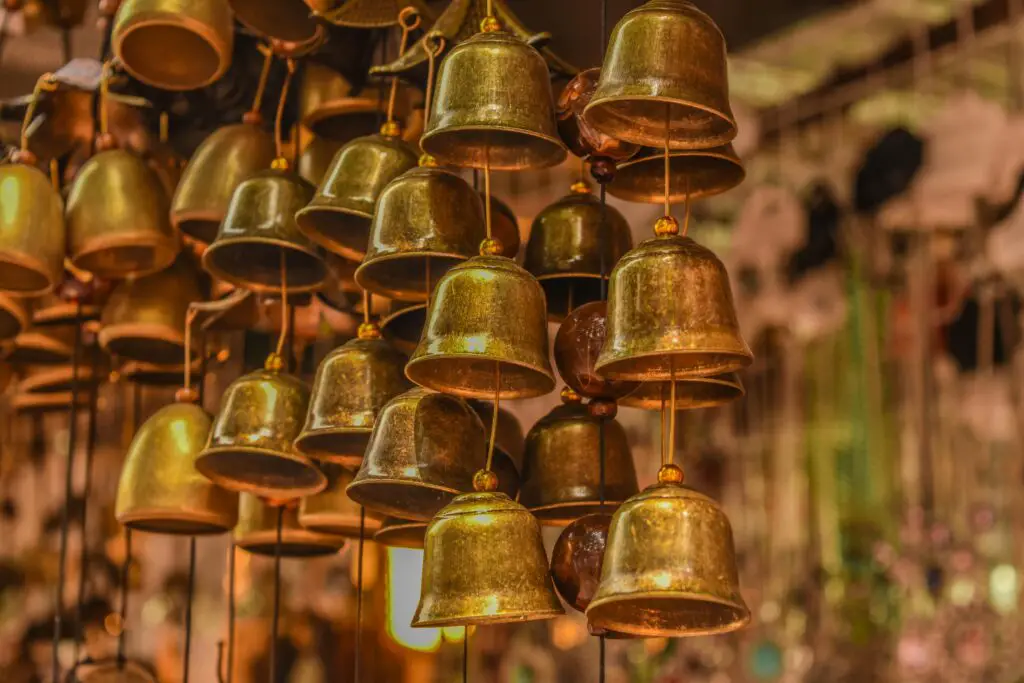
The phrase “dead ringer” may seem casual now, but in the 18th and 19th centuries, it was tied to a grim fear. People worried about being buried alive, so safety coffins were designed with strings attached to small bells above ground. If someone woke up underground, they could pull the cord and ring for help.
Though records are scarce on how often it happened, the legend grew into a cultural obsession. Graveyards filled with “bell-ringer” coffins became part of folklore, reinforcing a widespread paranoia. Imagine being the night watchman in a cemetery, hearing a bell softly tinkling in the darkness. Whether or not anyone was truly saved, the idea was terrifying enough to capture imaginations for centuries.
3. Bells and Witches
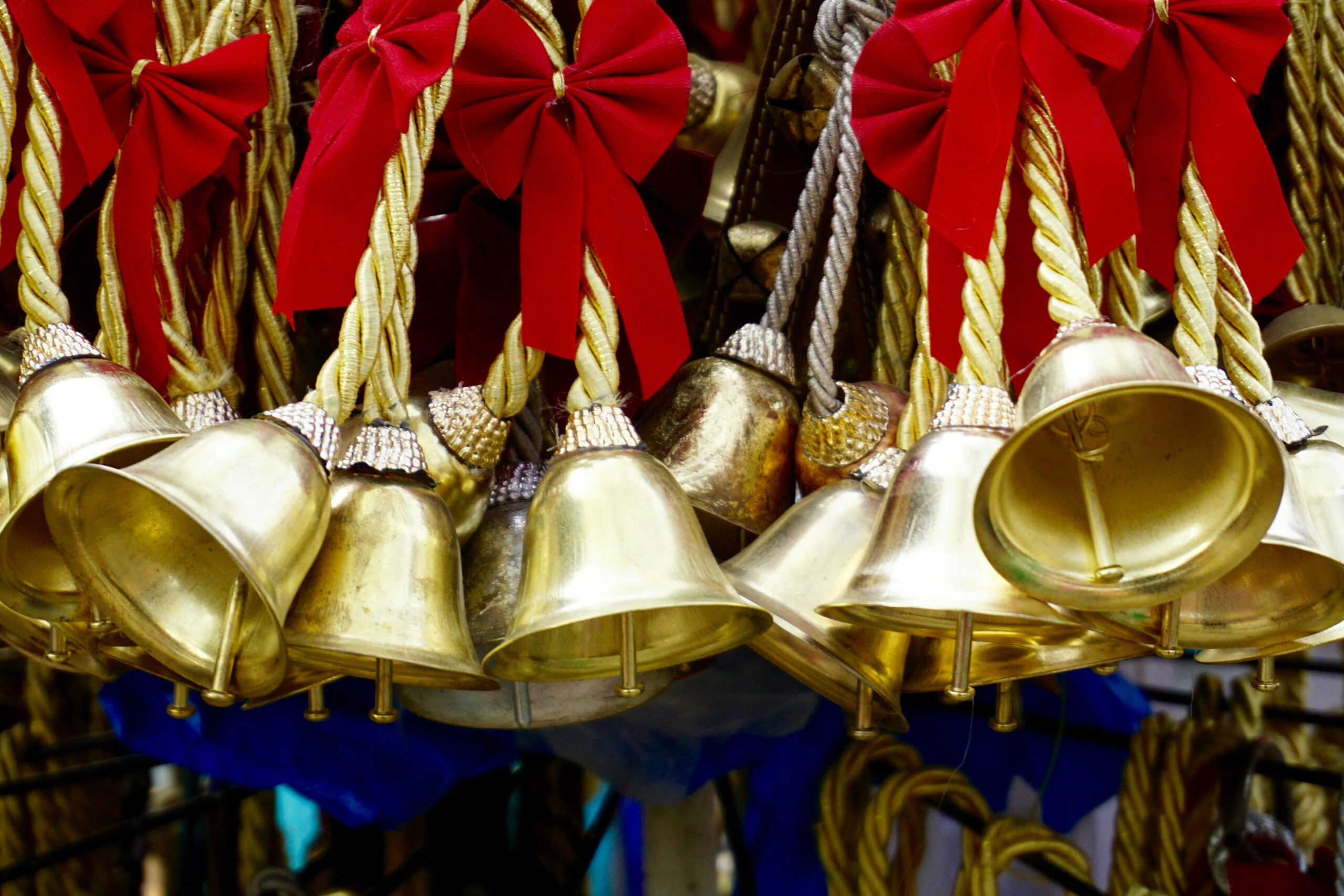
In medieval Europe, bells were thought to drive away witches. Villages would ring their church bells during storms or strange events to keep evil at bay. The sound was considered too pure for dark forces to withstand.
But this belief cut both ways. If a bell rang unexpectedly—perhaps struck by lightning or moved by wind—locals often assumed witches were nearby. The echo of bells at odd hours could send fear through the entire community. For those living in isolated rural towns, the line between protection and curse was a thin one.
4. The Russian Death Knell
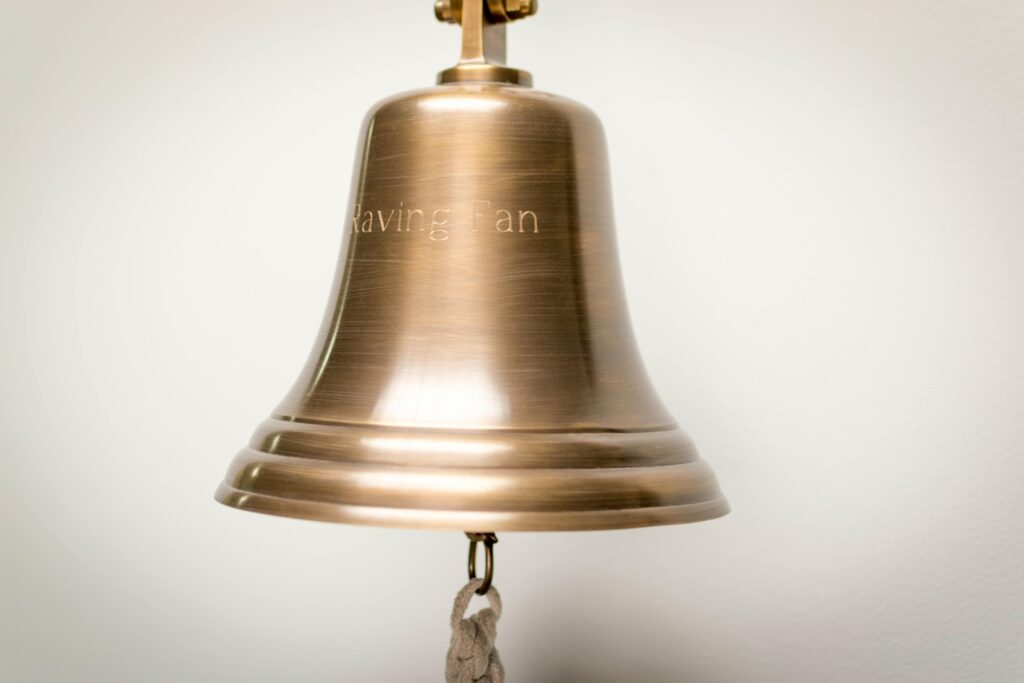
In Russia, there was a legend that if a church bell tolled without human hands to ring it, someone in the village would soon die. Bells swinging on their own—whether from strong wind or faulty ropes—were never seen as accidents. Instead, they were omens that death had marked someone.
Superstitions even grew around who would die first. Some said the sound targeted the sick, others believed it fell on whoever first heard the rogue toll. Villagers became anxious anytime a storm made the bells sway, since no one wanted to be the unlucky one to claim the death knell as their own.
5. Ghostly Bell Towers

In certain parts of Italy, ghost stories circulated about empty bell towers ringing themselves. The clang would echo across sleeping towns at night, with no priest or sexton in sight. For many, the explanation was simple: the dead were calling attention to unfinished business.
The mystery deepened because these bells often sounded just before a villager fell ill or passed away. Over time, it became common to say the dead were warning the living through the tower. Some families even lit candles near the church, hoping to quiet the restless spirits that seemed to shake the ropes from beyond.
6. The Tolling for Sailors
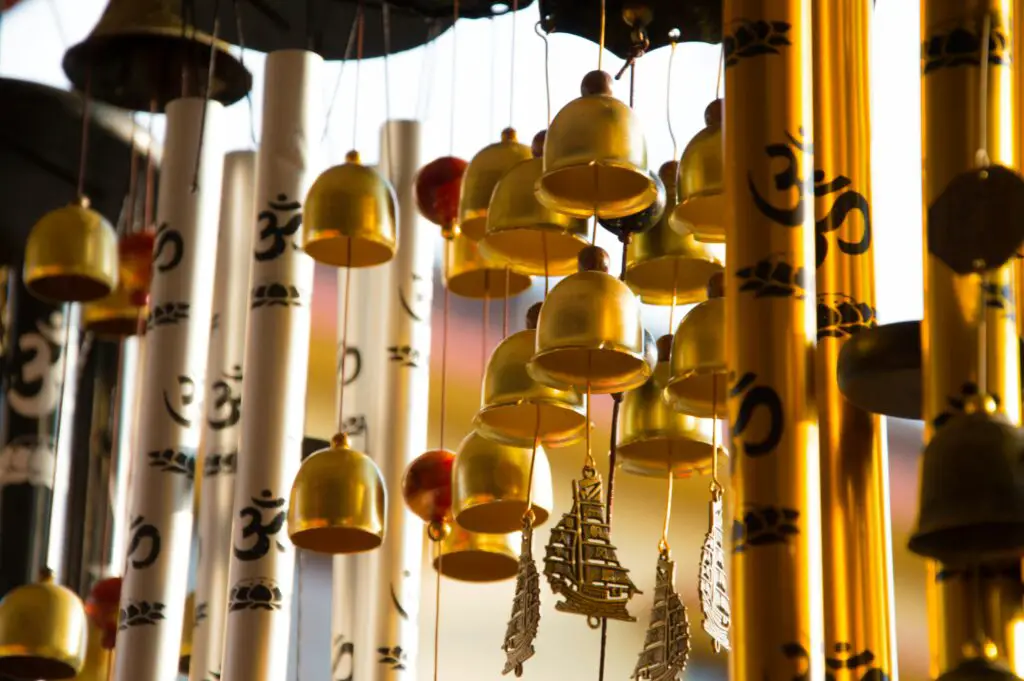
Seafaring communities often linked bells to death at sea. In England, there was a belief that if a ship’s bell rang on its own while docked, it meant a sailor would be lost to the waves. These bells, designed to mark the ship’s time, seemed to take on a supernatural role when moved by wind or accident.
For sailors’ families, the sound was chilling. It meant waiting for bad news, often with no way to stop fate. Some captains ordered bells tied down when docked to avoid spreading panic. Yet the idea of a bell predicting doom clung to coastal towns for generations.
7. The Funeral Toll

In Ireland, funeral processions often passed with bells tolling steadily in the background. While it was part of honoring the dead, many villagers came to believe the number of tolls carried meaning. A long toll could mean a long illness, while quick chimes might signify a sudden death.
Children grew up learning to “read” the bells, turning them into a kind of grim code. Even those not part of the procession listened closely, whispering about who was next. The bells gave a sense of rhythm to grief, but they also kept the idea of death constantly close.
8. The Death Bell of Scotland
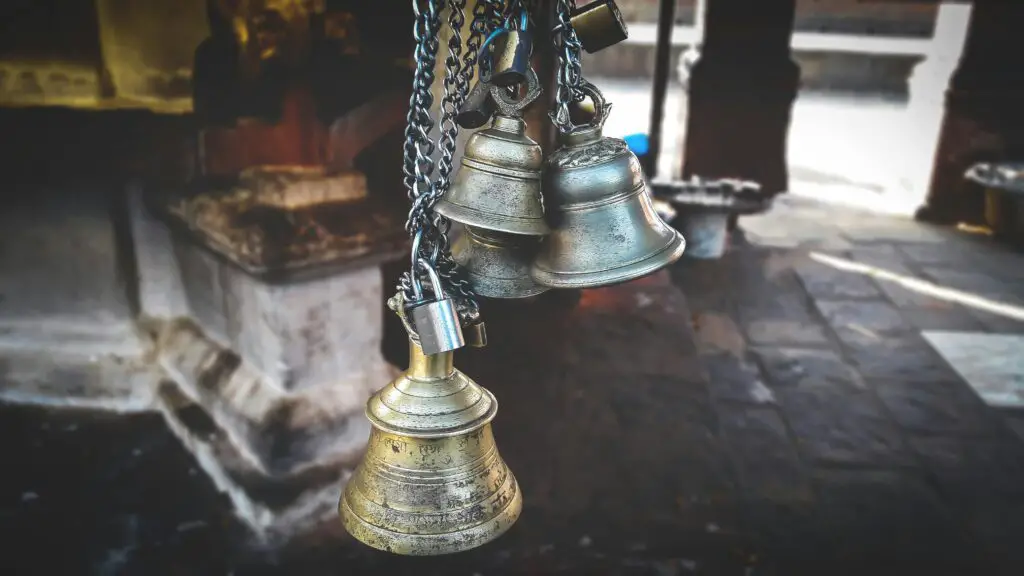
In Scotland, there was a tradition of carrying a handbell ahead of funeral processions. Known as the “death bell,” it was rung to announce the arrival of death as the body passed through the town. This wasn’t just a signal to villagers—it was meant to scare away evil spirits lurking around the dead.
Yet over time, the sound itself became eerie. Villagers said that hearing the death bell in the distance could give you chills for days. Some believed that if you accidentally crossed paths with it, death might soon follow your own family. The line between ritual and superstition blurred into something deeply unsettling.
9. Bells and Angels
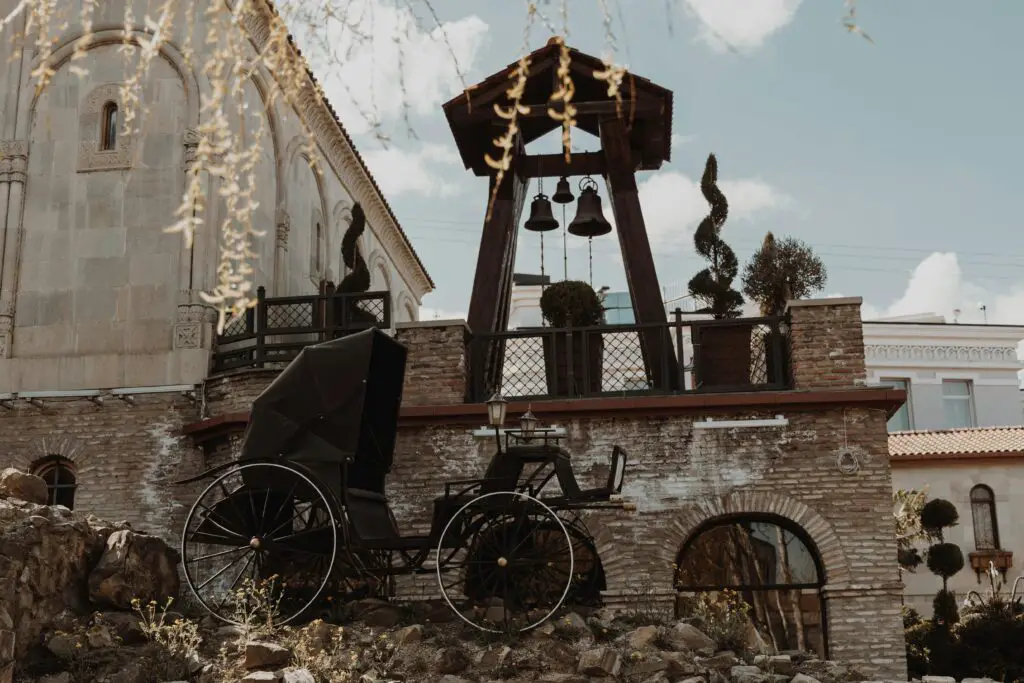
In Catholic tradition, there was a belief that when a bell rang at the moment of death, angels came to carry the soul away. Families would request that bells be tolled as their loved one took their last breath, hoping to ease the journey. The ritual added dignity but also a mystical air to death.
However, the absence of the bells could create fear. Some worried that without the ringing, a soul might be left vulnerable to darker forces. The expectation became so strong that silence itself felt ominous. In this way, bells were not just a tradition, but a spiritual safeguard.
10. The Bell That Cursed a Town

A legend from Eastern Europe tells of a church bell that was said to bring death to any village that housed it. Supposedly, each time the bell was rehung in a new steeple, disasters followed—plagues, fires, and sudden deaths. Eventually, it was buried in the ground to keep its curse from spreading.
Locals whispered that the earth sometimes trembled where the bell lay. Farmers avoided the area, fearing their cattle would sicken. Even centuries later, the story of the cursed bell was retold as a warning about relics that carried more than just sound. It showed how deeply bells were woven into ideas of fate and doom.
11. Bells in the Plague Years

During the Black Death, bells rang constantly in European towns. They signaled both funerals and prayers, meant to comfort the living and honor the dead. But the sound became so frequent that it began to terrify people. The echo of bells was linked directly to disease, reminding everyone that death was everywhere.
In some cities, officials even limited bell-ringing, believing it worsened the panic. Still, the association stuck—so much so that later generations remembered plague bells as almost ghostly themselves. To this day, the sound of somber church bells can stir unease, carrying echoes of those dark times.
12. The Devil’s Bell
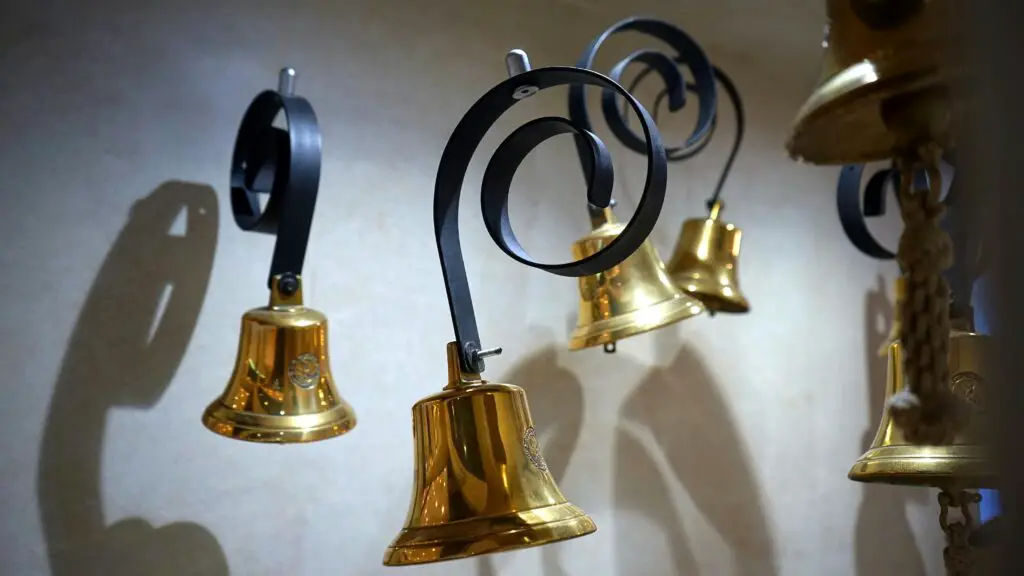
One folk tale from Germany described a bell that was said to belong to the Devil himself. According to legend, it was hidden deep in a forest and would only ring when someone nearby was about to die. Travelers swore they heard its low, booming sound echoing from nowhere.
What made it even creepier was the claim that no one could ever find it. Hunters searched but returned empty-handed, convinced it existed just beyond human reach. Over time, the Devil’s bell became a symbol of unavoidable fate. It reminded people that no matter how far they traveled, death was always listening.
